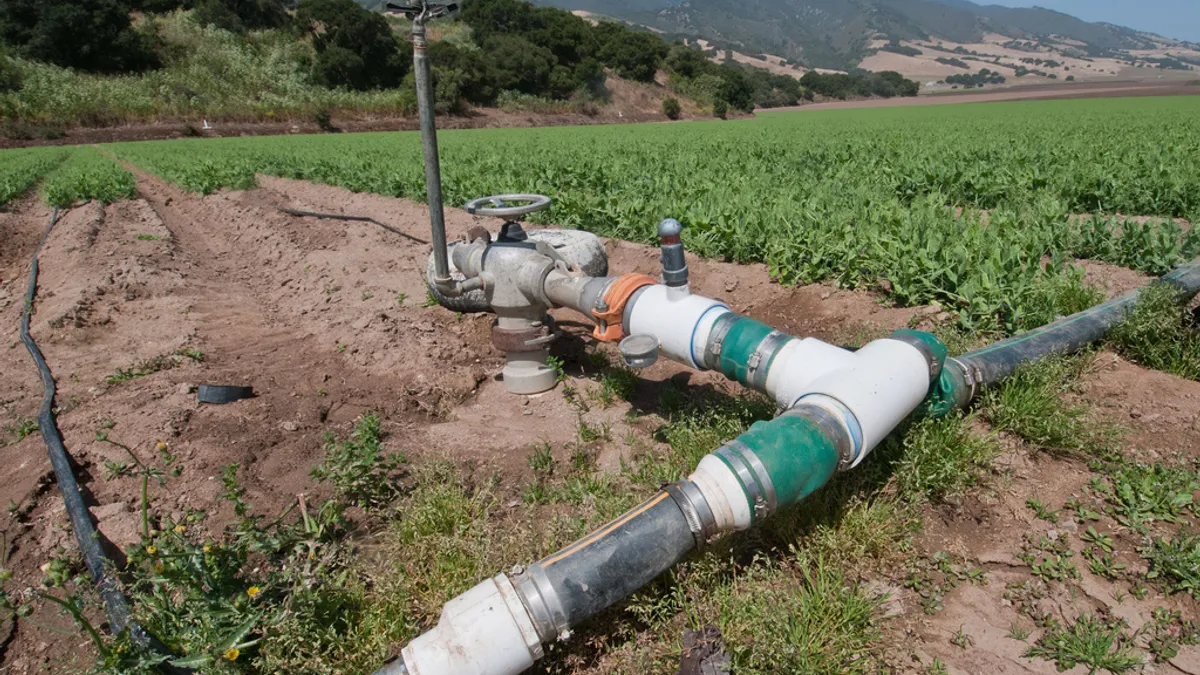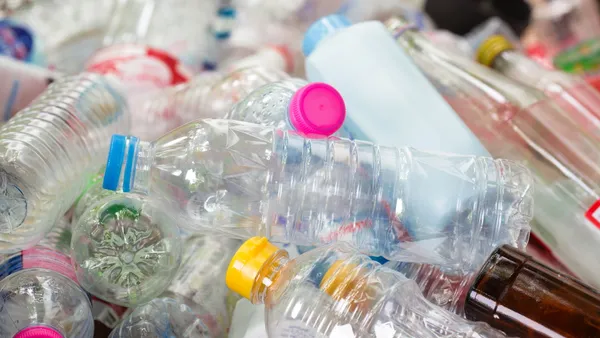Dive Brief:
- In order to save water, harness heat, protect crops from the cold and be competitive, small farmers use a variety of plastic materials on site to keep daily operations running effectively.
- According to Penn Sate Extension, billions of pounds of waste are used worldwide, while the Southern Waste Information eXchange estimates US plastic agricultural waste weighs in at one billion pounds per year. A large portion of the materials are used only one season.
- Farmers are turning to a variety of solutions; embracing reduction, reuse and recycling. With only 10% of plastic farm waste being recycled, establishing programs where farmers can recycle used plastics conveniently would likely increase the rate.
Dive Insight:
Agricultural waste includes: seed trays, mulch film, water pipes, hoop house covers, twine, fertilizer bags, totes, hose and tool handles, greenhouse covers, tubing, pesticide containers, silage bags, storage covers- even dirt and debris.
Agricultural waste used to be burned, buried or discarded at a landfill, awareness about its environmental ramifications are expanding within the agricultural community, leading to a greater number of farmers understanding the need for sustainability. Many states have introduced rules mandating this practice.
Some companies are equipped to handle agricultural farming waste: Agri-Plas, Ag-Container Recycling Council, Encore, Netafim and Agilyx. In July 2013, a California landfill began recycling agricultural waste, while a statewide farming recycling program was established in Vermont in April 2014.
In 2012, the agricultural plastic film market is worth an estimated $5.87 billion. China is thought to be the world’s biggest consumer of plastic films for farming, which accounts for around 60% of the plastic.










